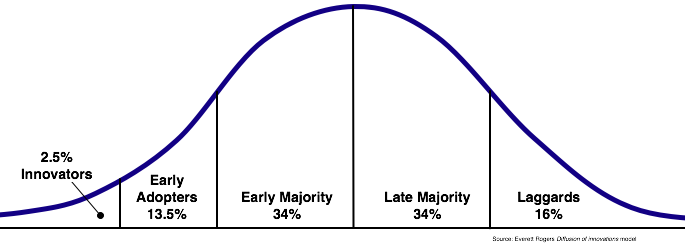This continuing trend in litigation means that companies should enact compliance solutions and litigation preparation to mitigate risk and reduce litigation costs. This is especially underlined by Adams v. Dell (now Adams v. Winbond):
The pivotal issue is when the duty to preserve documents for litigation arises. The parties in Adams agreed with the nearly-universal legal standard -- a person has a duty to preserve documents when that person actually foresees or reasonably should foresee that the documents are relevant to likely or actual litigation.Basically, the court held that, given the well-known litigation in the late 1990s involving the floppy disk controllers, and given one defendant’s involvement with the controllers, that party had a duty as early as 1999 to keep documents relevant to the controllers even though the particular defendant was not a party to that litigation.
What this boils down to is that a legal team has the duty to keep documents once they see that it might be relevant in any litigation within their industry. Pause for a second and think how difficult that would be without the ability to do enterprise-wide search. Think about how ridiculous it would be without being able to place legal hold on those documents once they are found. I've seen a few solutions that can do that...but can't perform the enterprise-wide search in reasonable times. With all the litigation going around, you're likely to keep a lot of the company on legal hold if you aren't able to search through the company.
The trick is to be able to find documents throughout the enterprise (maybe even classifying before they are stored) and to place legal hold on a granular level, on only the document itself. That way, you don't hold everyone's mailbox up, you are able to get storage savings and mailbox management, and you are still compliant with your duty to preserve.
Think of it like holding onto balloons. If you keep everyone's emails in every relevant inbox, eventually your storage costs balloon and you find your enterprise costs floating away. Choosing which balloons to hold onto (my favorite are the blue ones) is much more manageable and fun. All it would take is a simple search, click, and the legal hold is up. From what I've seen, only ZL can provide those search capabilities.











